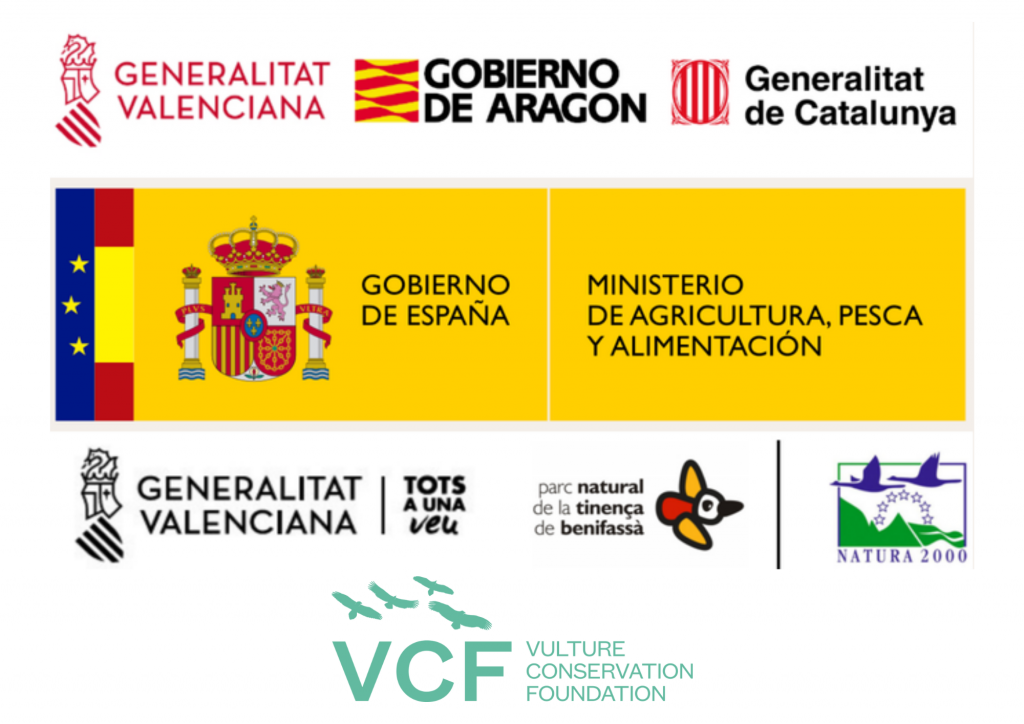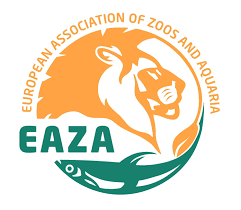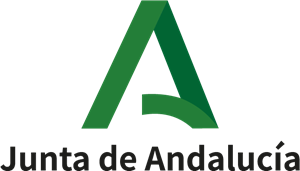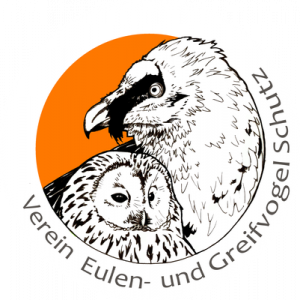
Following the recent arrival of Bearded Vultures Ereta and Espèrit in Parc Natural de la Tinença de Benifassà, eleven captive-bred birds have now been released to this area as part of the Maestrazgo reintroduction efforts. With the recovery of this species, which became extinct in this territory at the end of the 19th century, this project consolidates the objective of restoring the Valencian biodiversity.
From captivity to the wild
On 17 May 2022, Parc Natural de la Tinença de Benifassà, welcomed two new Bearded Vultures coming from captivity. The two young hatched in captivity within the Bearded Vulture Captive Breeding Network, coordinated by us at the Vulture Conservation Foundation (VCF) on behald of EAZA’s EEP. One of them hatched at our Bearded Vulture Captive Breeding Center of Guadalentín in Andalusia and the other in the Richard Faust Zentrum Specialized Breeding Centre in Austria.
Releasing Bearded Vultures
Staff responsible for captive breeding at the VCF were also present to support the release of the two birds, using the hacking method. This involves releasing captive-bred chicks into an artificial nest that resembles a nest vultures would have had in the wild. Placing them in a suitable habitat enables vultures to acclimatize to the natural environment for the coming weeks before they take their first flights. With this technique, the nestlings can associate the place where they are released with the area of hatching so that when they reach breeding age, which is around 8-10 years old, they select these places to breed. When Bearded Vultures are young, they tend to travel vast distances and explore new regions, but once they become sexually mature, they tend to select areas close to where they hatched to breed.
Results from the project so far
The project has so far released a total of 11 Bearded Vultures, five males and six females, in Parc Natural de la Tinença de Benifassà. Today, nine of these birds are alive, which is considered a high survival rate.
The follow-up results indicate that five of the seven reintroduced individuals (not counting the recently released birds) are still in the release zone, which shows that the acclimatization protocol is yielding favourable results. The remaining two vultures have moved to the Pyrenees.
Connecting populations of Bearded Vultures in Spain
The Maestrazgo region of Spain was historically a breeding site for Bearded Vultures and while there is no resident population the area is regularly visited by individuals released in Andalusia. The project to reintroduce the species to the region began in 2018 with the aim of establishing a wild breeding population that will bridge the populations in the Pyrenees and Andalusia, similar to the LIFE GYPCONNECT project in France that connects populations in the Pyrenees and the Alps. Over the course of the project, Bearded Vultures will be released in the Parque Natural de la Tinença de Benifassà. As part of the project, the released birds will be monitored by fitting them with GPS transmitters to better understand how they move around the region and to encourage movements of birds to the region a series of supplementary feeding stations will be created.
Generalitat of Valencia leads the project in collaboration with the Autonomous Communities from Aragón and Catalonia, the Spanish Ministry of Agriculture, Fish, Food and Environment and us here at the Vulture Conservation Foundation (VCF).








